tooth resorption cats symptoms
Symptoms of tooth resorption Cats are masters at hiding pain so it can be tricky to know if theyre having dental troubles. In many cases without radiographic and clinical screening in an anesthetized cat tooth resorption will go undetected and the cat will be in pain in silence.

External Tooth Resorption In Cats Part 2 Therapeutic Approaches Today S Veterinary Practice
Symptoms of Tooth Resorption in Cats While tooth resorption can be very painful for cats it can be hard to recognize because our feline companions are very good at masking their pain.
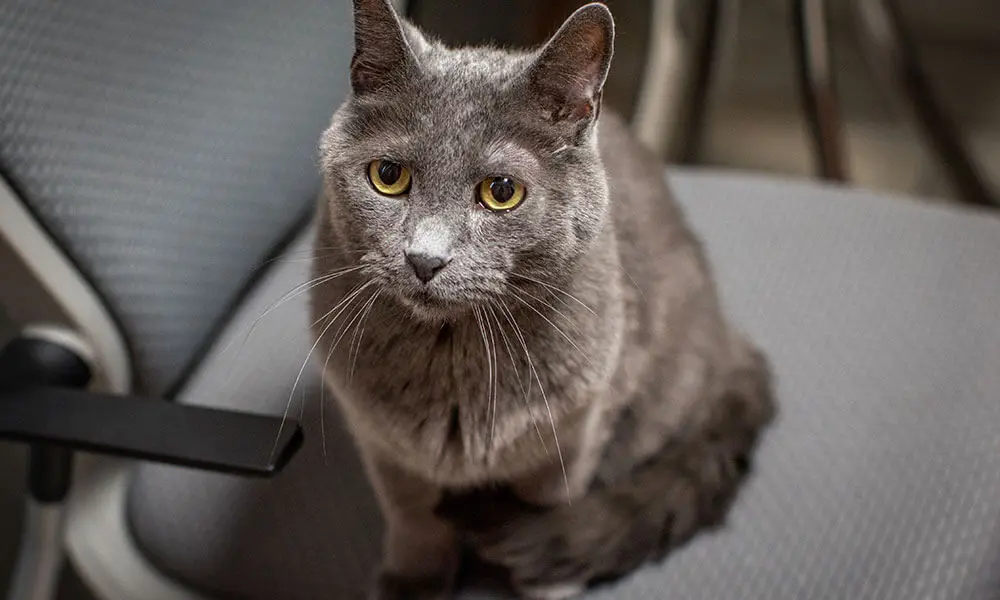
. The most common symptoms include. Symptoms that may occur are listed as follows. Symptoms Excessive drooling Occurrence of a cavity like hole in tooth.
This makes it very important to be able to recognize the signs and behaviors detailed below. Symptoms that may occur are listed as follows. Halitosis bad breath Excessive drooling Weight loss Difficulty with or slow eating.
Some affected cats will have jaw spasms pain and trembling of the jaw whenever the affected area is touched increased salivation bleeding from the mouth can come and go or difficulty eating. Some turn their heads to one side when chewing food. As the condition progresses you may see cavity-like holes developing in the affected teeth or fractures in severely affected teeth.
However subtle indications include a tendency to gobble up their food quickly as eating causes pain or only eating on one side of their mouth. Early detection is really important when treating tooth resorption. Routine radiography is required for timely diagnosis as clinical visual and tactile methods only detect late-stage lesions that is when they become evident in the crown.
If your kitty suddenly seems cranky or no longer wants to engage in activities she loves it may indicate a painful condition like tooth resorption or arthritis. Tooth resorption has become a common condition affecting the cat population in the recent years. You should always take note of any slight behavioral changes in your pet and notify your vet.
Tooth resorption can be difficult to detect with cats often masking signs of oral discomfort or pain. If your cat has tooth resorption she may show increased salivation oral bleeding or difficulty eating. However the symptoms soon begin to appear as the resorption worsens.
Tooth resorption formally known as FORLs Feline Oral Resorptive Lesions is the most common dental problem in cats especially those aged four and older with studies worldwide showing that up to 75 of cats with dental disease also suffer from tooth resorption. In some cases the patient may not notice the problem for years. This condition can be highly painful to cats.
Routine radiography is required for timely diagnosis. Increased Salivation Difficulty Eating Oral Bleeding Behavioral Changes. Treatable by a veterinarian.
Tooth resorption is progressive and may be singular or multiple and on the lingual side where the tongue is or buccal side. The pain and discomfort can make affected cats irritable. Any number of painful conditions from feline tooth resorption to arthritis could be to blame.
Tooth resorption can be difficult to detect with cats often masking signs of oral discomfort or pain. When it comes to tooth or root resorption there is no clear set of symptoms. There may also be sudden changes in their behavior.
Some common symptoms of dental disease in cats can include. All types of teeth in the feline dentition may be affected but lesions seem to be more common in certain teeth. Bleeding or Changes In The Mouth Resorptive lesions usually appear along or below the gumline so you may be able to notice blood in this area without prying your cats mouth open.
Tooth resorption causes severe pain in cats causing them to drool and be reluctant to eat. Tooth resorption is a process by which the dentin a hard tissue that lies. Tooth Resorption Symptoms Feline tooth resorption may show no visible signs other than gingivitis gum inflammation in its early stages although you may also notice signs of blood in your cats water or food bowl.
Anorexia Weight loss Pain during eating Chewing with only one side of the mouth Dropping food from the mouth Swallowing kibble whole Drooling Bad breath Gingivitis appears as a bright red section of the gums Vomiting Behavioral changes. Anorexia Weight loss Pain during eating Chewing with only one side of the mouth Dropping food from the mouth Swallowing kibble whole Drooling Bad breath Gingivitis appears as a bright red section of the gums Vomiting Behavioral changes. Symptoms of tooth resorption in cats Tooth resorption is seen as a pinkish.
More than 70 of cats over five years of age show signs of tooth resorption. Pain beginning from the crown root or the inside of the tooth Redness and swelling of the gums. Dietary symptoms in cats include.
Cats with clinically missing teeth have also been found to be more likely to have tooth resorption. Tooth resorption may or may not be present with gingivitis. It can show signs like reduced appetite difficulty chewing bad breath inflammation of gums drooling vomiting and oral bleeding.
Resolves with proper treatment but may recur in other teeth. It is often difficult for the owners to determine whether the cat has any dental problem. Bleeding and Other Oral Symptoms Many cats with feline tooth resorption will be unwilling to let you look in their mouth due to pain.
However if you can manage to take a look in your cats mouth you may notice blood along the gum line. Attempting to chew on only one side of their mouth by tilting their head while they eat Food falling out from their mouth while they eat Refusing to eat A sudden preference for wet food Swallowing food without chewing. Various studies have found 28-67 of cats have tooth resorption and it is the most common cause of tooth loss in the cat.
Tooth Resorption In Dogs And Cats Vetbloom Blog

Feline Tooth Resorption Today S Veterinary Practice

Juvenile Gingivitis Periodontitis Advanced Animal Dentistry
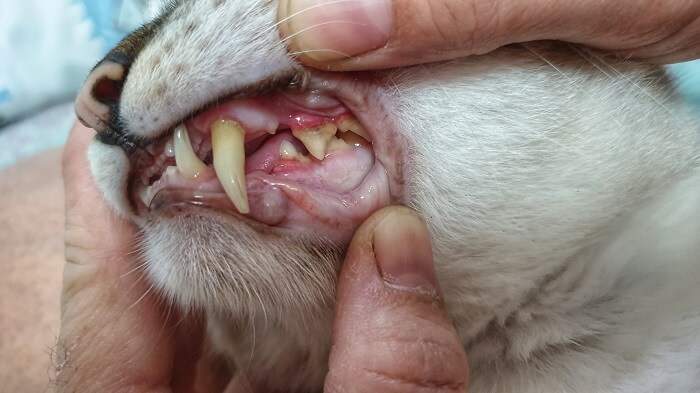
Cavities In Cats Causes Symptoms Treatment All About Cats
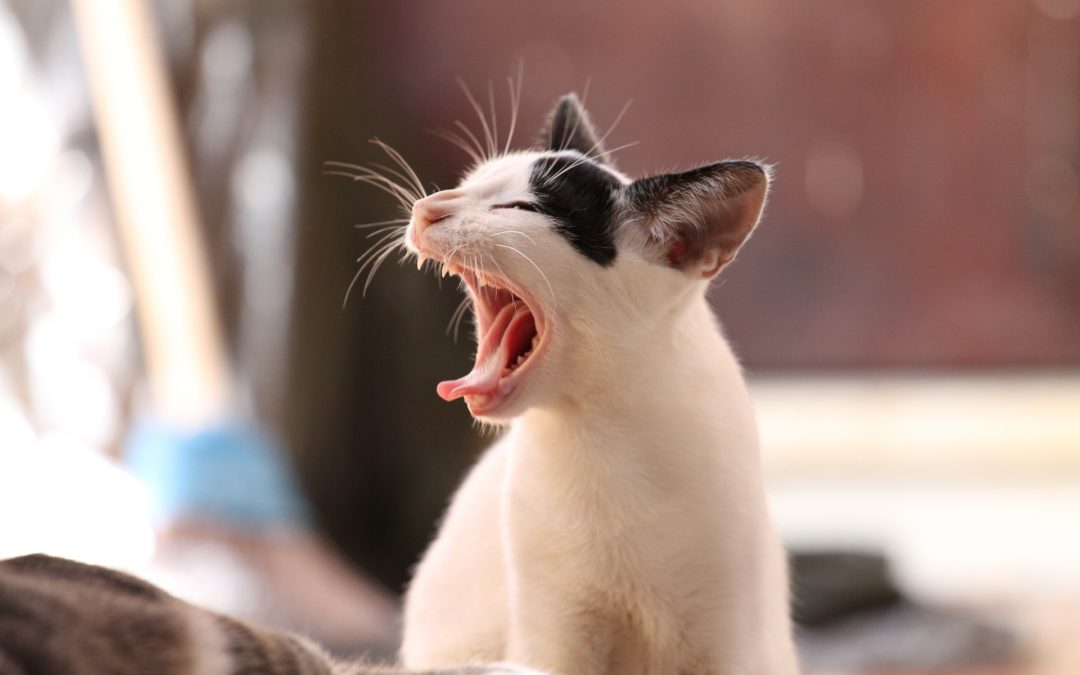
Tooth Resorption In Cats Feline Dental Disease East Valley Animal Hospital

Resorptive Lesions Feline Healthy Paws Animal Hospital

Feline Tooth Resorption Today S Veterinary Practice
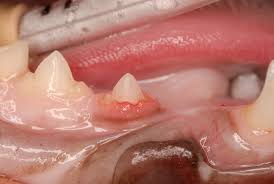
Dental Resorptive Lesions Close Veterinary Clinic
Tooth Resorption In Dogs And Cats Vetbloom Blog

Don T Ignore The Signs Of Dental Disease In Cats
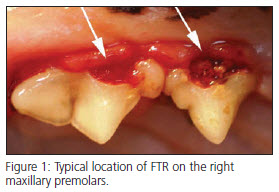
Feline Tooth Resorption Montana Pet Dentistry Oral Surgery

Tooth Resorption In Cats A Widespread Painful Problem

Dental Care For Cats North Elm Animal Hospital

External Tooth Resorption In Cats Part 2 Therapeutic Approaches Today S Veterinary Practice
Resorptive Lesions In Cats An Update The Veterinary Nurse
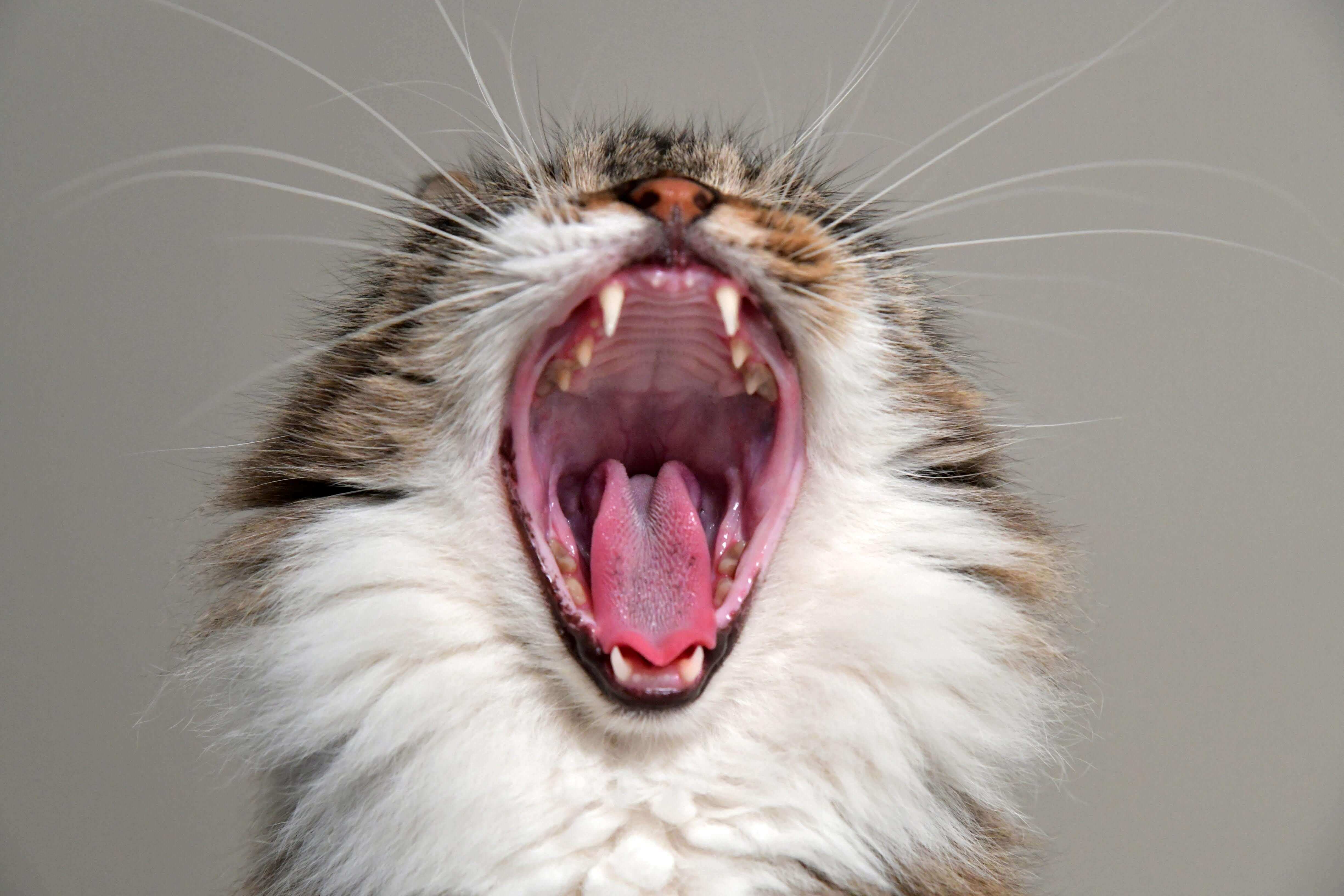
What Every Cat Owner Should Know About Dental Care For Cats

Tooth Resorption Advanced Animal Dentistry

Tooth Resorption Animal Dental Specialist

Feline Tooth Resorption A Guide For Cat Owners 1st Pet Veterinary Centers Az